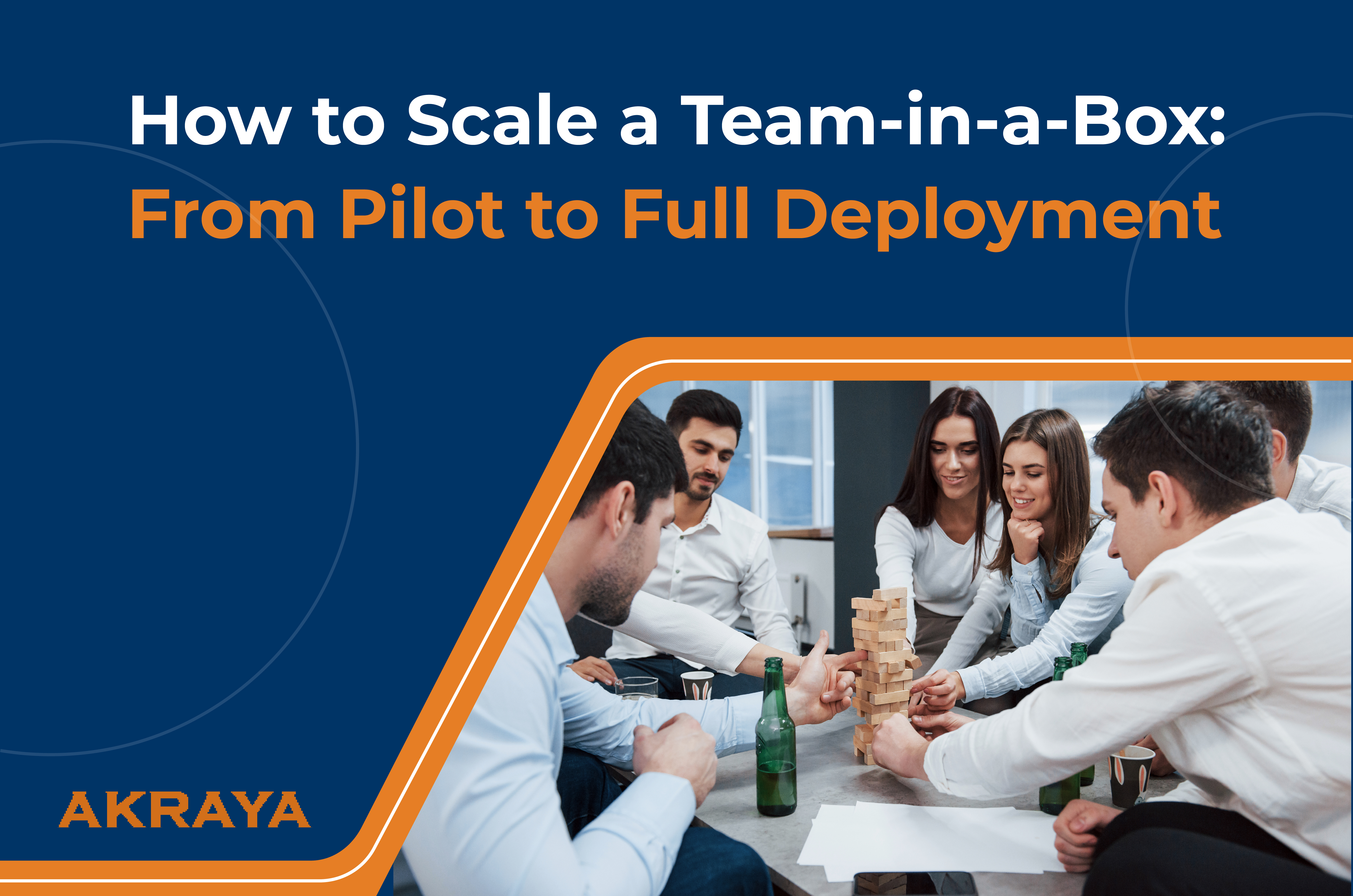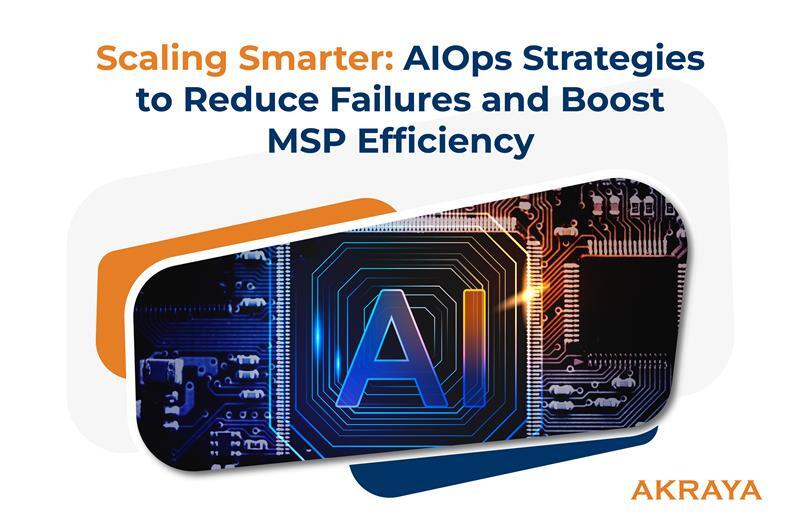AI Transforming the Future of Product Engineering
The pace of innovation in product engineering has never been faster. Businesses across industries are under pressure to deliver high-quality products...
2 min read
Rinki Yumnam : October 25, 2025

Why Scaling Teams Requires More Than Adding Headcount
As organizations grow, hiring one individual at a time often becomes inefficient. Projects become larger, timelines tighter, and internal bandwidth stretched. The Team-in-a-Box model provides a solution: a fully managed, project-ready team that integrates with your business to deliver measurable outcomes. While launching a pilot can be straightforward, scaling this model across the organization requires strategic planning, process design, and governance.
A pilot is not just a test; it is the foundation for scaling. The aim is to learn and optimize in a controlled environment.
Before launching, organizations should focus on three key elements:
A structured pilot ensures that future replication is informed by real-world results.
Building a Repeatable Model for Scaling
Once the pilot is operational, document every process, communication flow, tool, and metric. This transforms the pilot from a one-time success into a framework that can be replicated.
High-performing organizations focus on standardization:
Standardization reduces complexity and ensures that scaling amplifies results rather than challenges.
Preparing for Scale: Infrastructure and Operational Readiness
Scaling a Team-in-a-Box is more than increasing headcount. It requires infrastructure that supports replication and operational efficiency. Key considerations include:
Thinking like a systems designer at this stage prevents common pitfalls when scaling.
From Pilot to Full Deployment: Embedding the Model into Organizational DNA
Transitioning from a single pilot to enterprise-wide adoption requires embedding the Team-in-a-Box model into processes, budgets, and culture. Successful scale-ups focus on:
Effective scaling occurs when teams understand the model’s value and trust its reliability.
Measure, Learn, and Continuously Improve
Even after full deployment, ongoing evaluation is critical. Data from all teams can identify trends in productivity, retention, and delivery speed. Organizations should refine processes, rotate team leads, upskill members, and adapt the model to meet evolving project needs. A Team-in-a-Box strategy should remain a living system that evolves alongside business growth.
Scaling Impact, Not Just Headcount
Scaling a Team-in-a-Box is about creating a foundation that allows organizations to execute faster, smarter, and more consistently.
At Akraya, we help enterprises move from single-team pilots to fully integrated, outcome-driven managed teams. Our approach ensures organizations achieve scale without losing agility, turning team expansion into measurable business impact. Reach out to us today.

Akraya transformed application infrastructure into a $900M+ revenue accelerator, enabling scalable growth and future-proofing against next-gen demands.

Akraya’s talent-on-demand strategy transformed merchandising into a predictive revenue engine, driving $8.4B in new sales and enabling the most responsive omnichannel system in the industry.

The pace of innovation in product engineering has never been faster. Businesses across industries are under pressure to deliver high-quality products...

Scaling Smarter: AIOps Strategies to Reduce Failures and Boost Managed Services Efficiency

How to Implement Skills-Based Hiring: A Complete Guide for Tech Recruiters